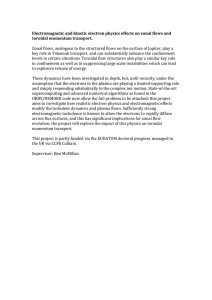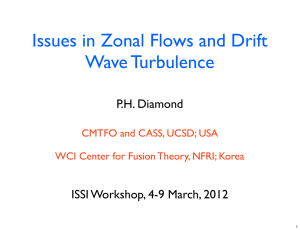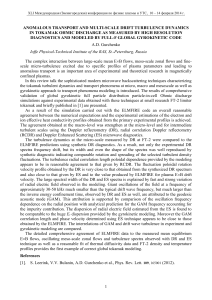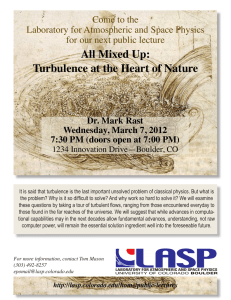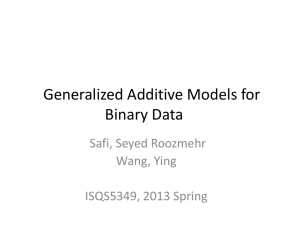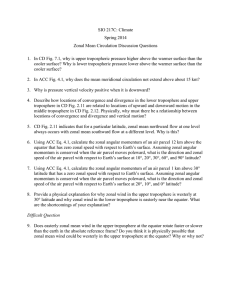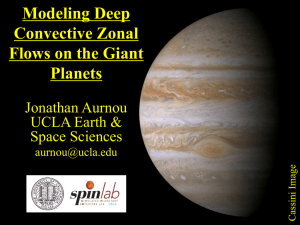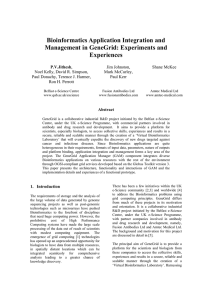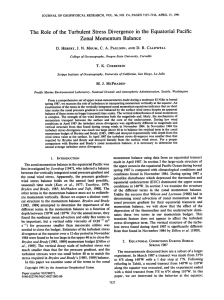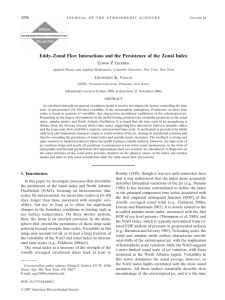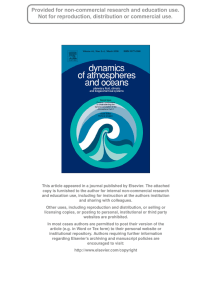Oscillatory zonal flows and their interaction with turbulence in magnetically... plasmas. Magnetically confined plasmas are out of equilibrium driven systems in...
advertisement
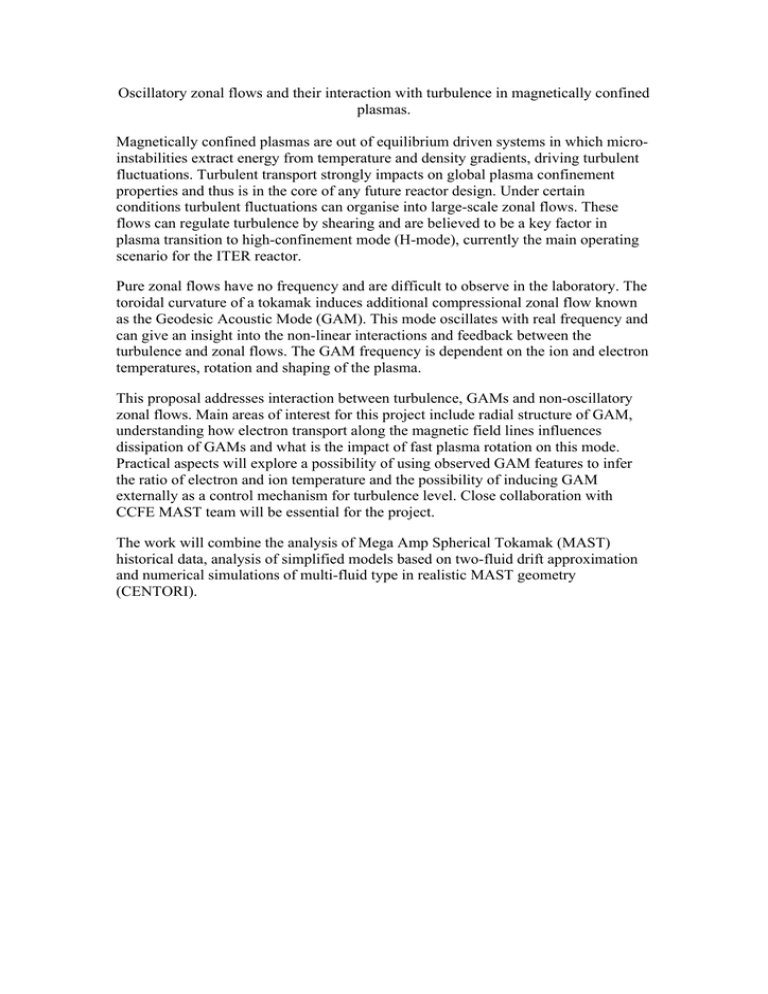
Oscillatory zonal flows and their interaction with turbulence in magnetically confined plasmas. Magnetically confined plasmas are out of equilibrium driven systems in which microinstabilities extract energy from temperature and density gradients, driving turbulent fluctuations. Turbulent transport strongly impacts on global plasma confinement properties and thus is in the core of any future reactor design. Under certain conditions turbulent fluctuations can organise into large-scale zonal flows. These flows can regulate turbulence by shearing and are believed to be a key factor in plasma transition to high-confinement mode (H-mode), currently the main operating scenario for the ITER reactor. Pure zonal flows have no frequency and are difficult to observe in the laboratory. The toroidal curvature of a tokamak induces additional compressional zonal flow known as the Geodesic Acoustic Mode (GAM). This mode oscillates with real frequency and can give an insight into the non-linear interactions and feedback between the turbulence and zonal flows. The GAM frequency is dependent on the ion and electron temperatures, rotation and shaping of the plasma. This proposal addresses interaction between turbulence, GAMs and non-oscillatory zonal flows. Main areas of interest for this project include radial structure of GAM, understanding how electron transport along the magnetic field lines influences dissipation of GAMs and what is the impact of fast plasma rotation on this mode. Practical aspects will explore a possibility of using observed GAM features to infer the ratio of electron and ion temperature and the possibility of inducing GAM externally as a control mechanism for turbulence level. Close collaboration with CCFE MAST team will be essential for the project. The work will combine the analysis of Mega Amp Spherical Tokamak (MAST) historical data, analysis of simplified models based on two-fluid drift approximation and numerical simulations of multi-fluid type in realistic MAST geometry (CENTORI).
